From Sultanhamet Square to Beyazit
Before we arrived in Istanbul, I spent a long time poring over a map of the city. And I needed a long time, because Istanbul is catastrophically huge. The megalopolis has stretched its border (and the bounds of belief) to over 2000 square miles, remorselessly swallowing any unlucky village in its path. I was nervous that in order to reach the various sights scattered about Istanbul, we’d have a lot of long bus and train rides to look forward to.
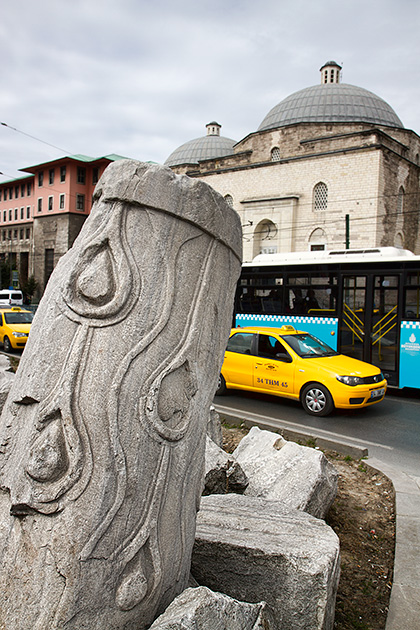
So the reality of getting around in Istanbul has come as a major relief. The city is far easier to walk than I’d feared, and public transportation is cheap, quick and efficient (if crowded). Most importantly, most of the major sights are packed closely together in or near the historic center. On one of our first days, we walked along the tram line from Sultanhamet Square (next to the Blue Mosque and the Hagia Sophia) to Beyazit: a short, straight walk during which we saw one historic treasure after the other.
We started at the fountain between the Hagia Sophia and the Blue Mosque. Tourist central. Locals have almost entirely moved out of this neighborhood, which is now dominated by foreigners and the people who cater to them. After visiting the Sunken Cistern, we escaped the morass by walking west down the Divan Yolu, or the “Road to the Imperial Council”. As the name suggests, it’s a thoroughfare which has been integral to the city since Roman times.
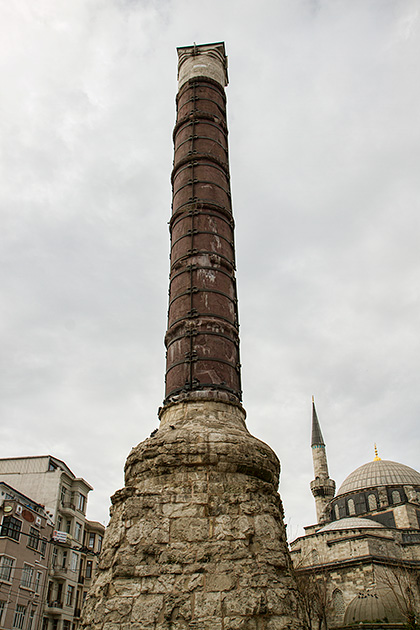
Following the tram tracks, we soon reached the Column of Constantine. Known in Turkish as the Çemberlitaş sütunu (Hooped Stone), this is one of Istanbul’s oldest surviving relics, erected in 330 AD, when the city was christened Constantinople and became the capital of Roman Empire. The column was damaged by an earthquake in 416, after which the iron hoops were added, and again in a massive 1779 fire that earned it another nickname: the Burnt Column.
Across from the gate to the university, we found the ruins of the Triumphal Arch of Theodosius. There’s not much left to see; the ruins, only discovered in the 1950s, are laid rather haphazardly on the ground and won’t mean much to the archaeological layperson. But experts have been able to determine how the arch must once of looked.
Perhaps even more than the monuments, we enjoyed the modern city sights: the googly-eyed tourists at Sultanahmet Square (I don’t mean that disparagingly; googly-eyed is the only way to be when flanked by the Hagia Sophia and the Blue Mosque), stray cats lounging on city benches, men hard at work on one of Istanbul’s endless construction projects, and students on their way to class. The 21st century hurrying busily along its path, oblivious to the ancient relics all around. It’s a fun dynamic, and one we’ll be seeing a lot of in Istanbul.
Location of the Column of Constantine | Arch of Theodosius

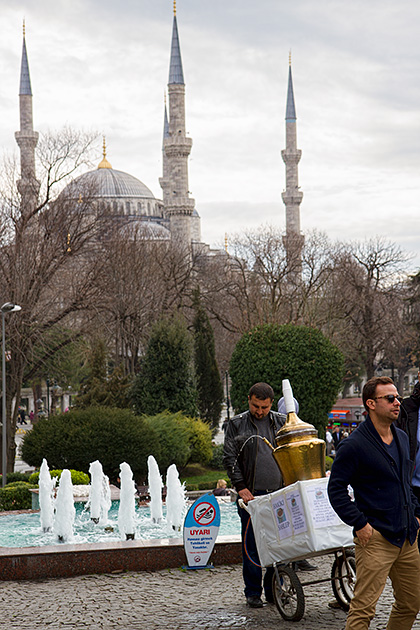
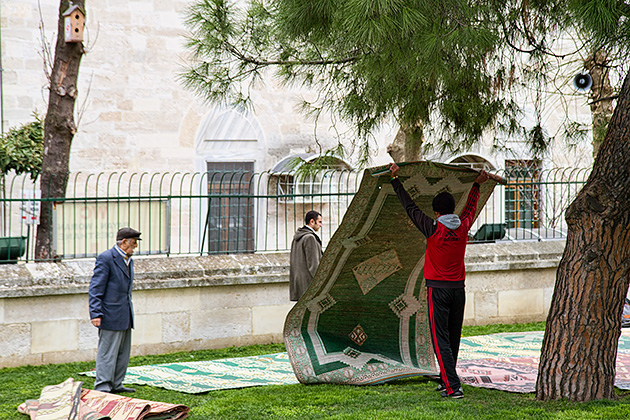
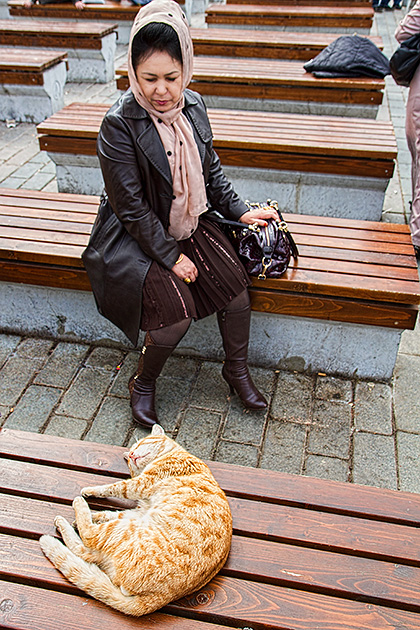

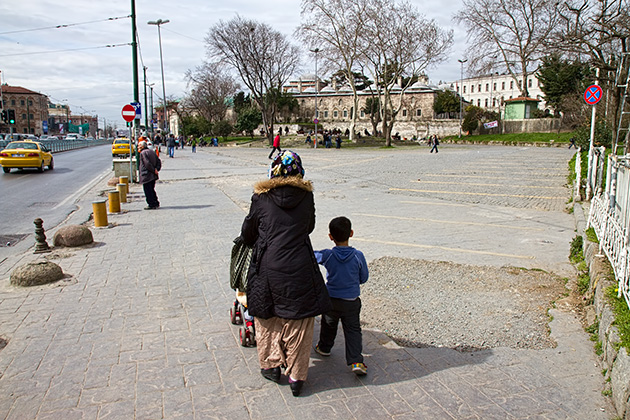
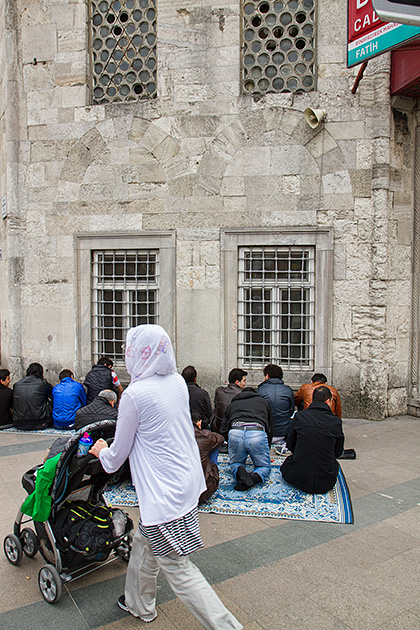

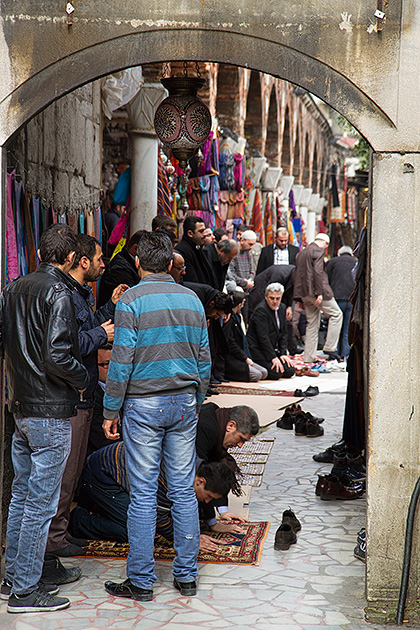

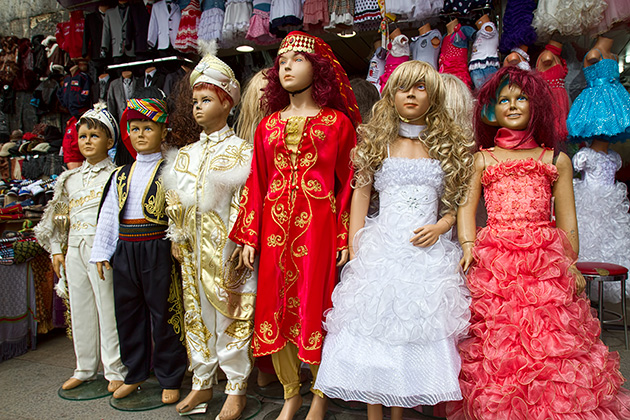
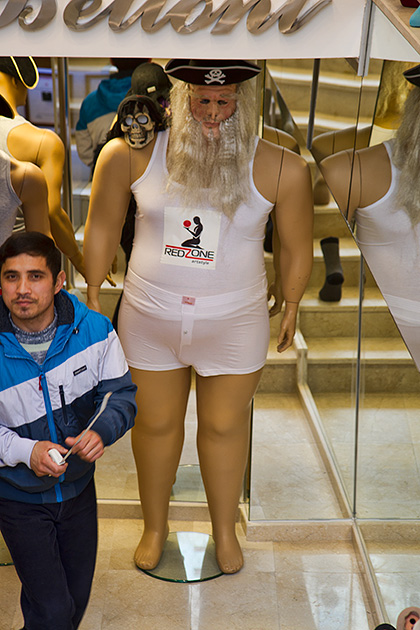
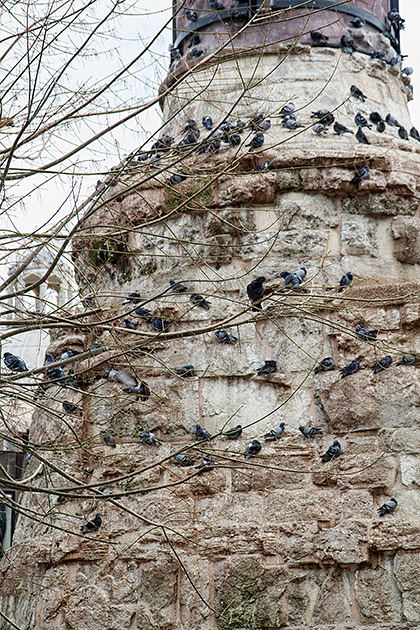
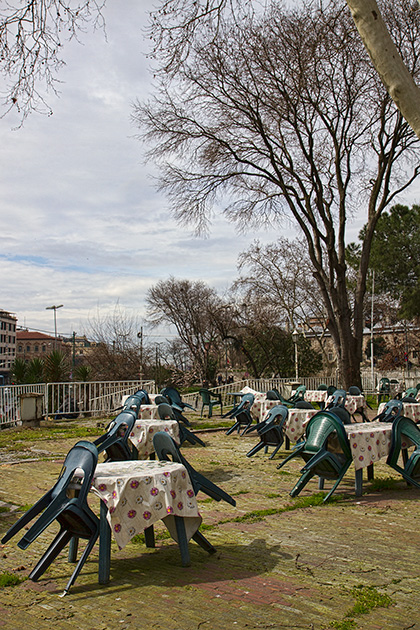
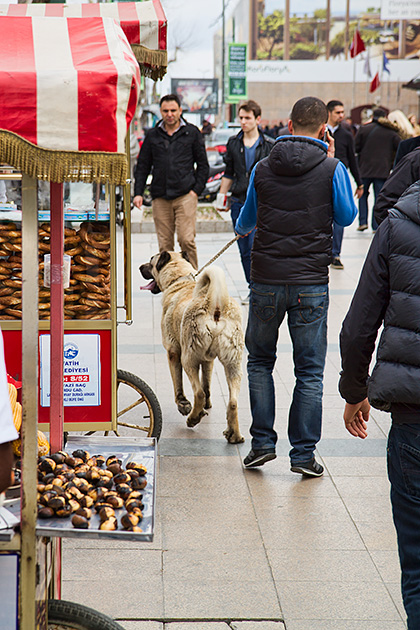
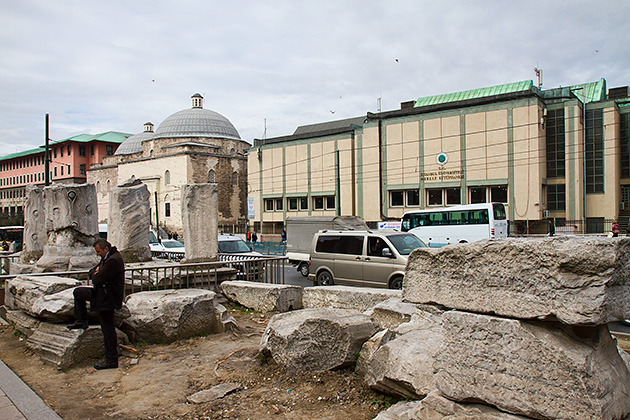
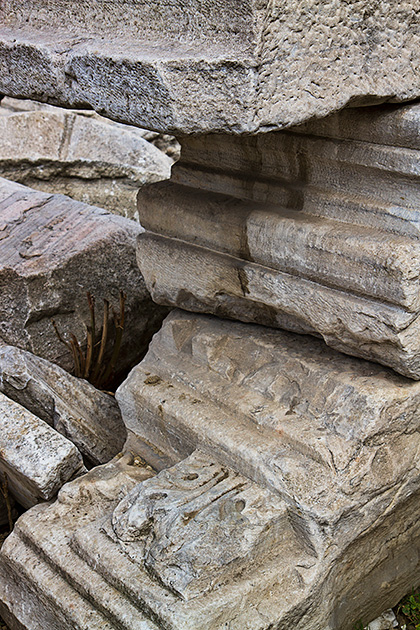

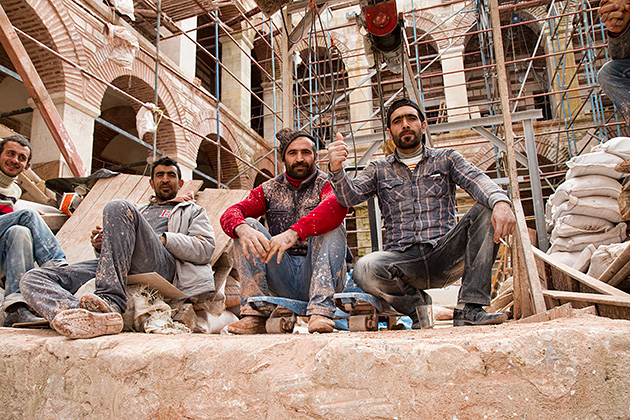
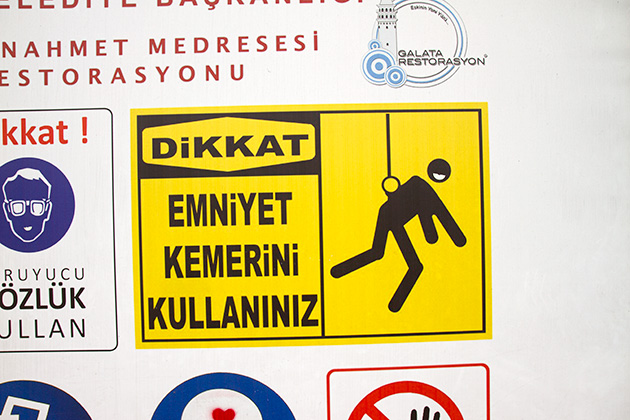
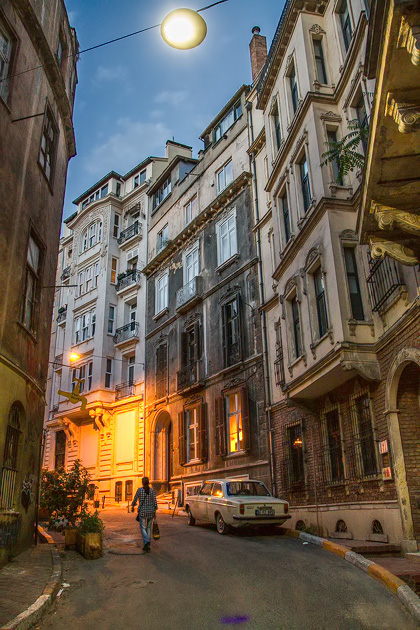

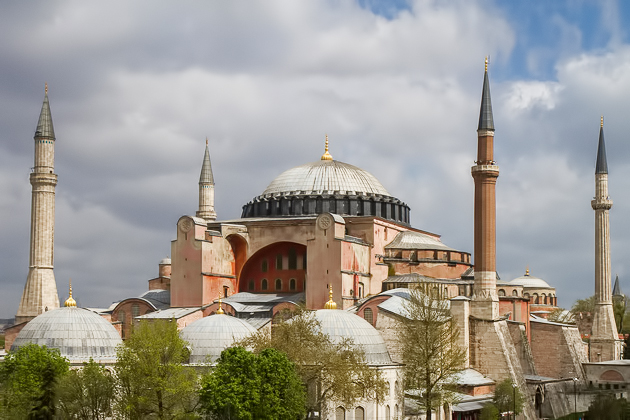

Istanbul is a really interesting city. Don’t you love how the old mixes with the new in such harmony? You did a really good job capturing this with your photography. Thanks for sharing, I love the concept of your site!
Same for me, I really love your eye for special takes when it comes to photography.And what I like more is that you didn’t put any comments under the pictures, so the reader has to get it him/herself:)